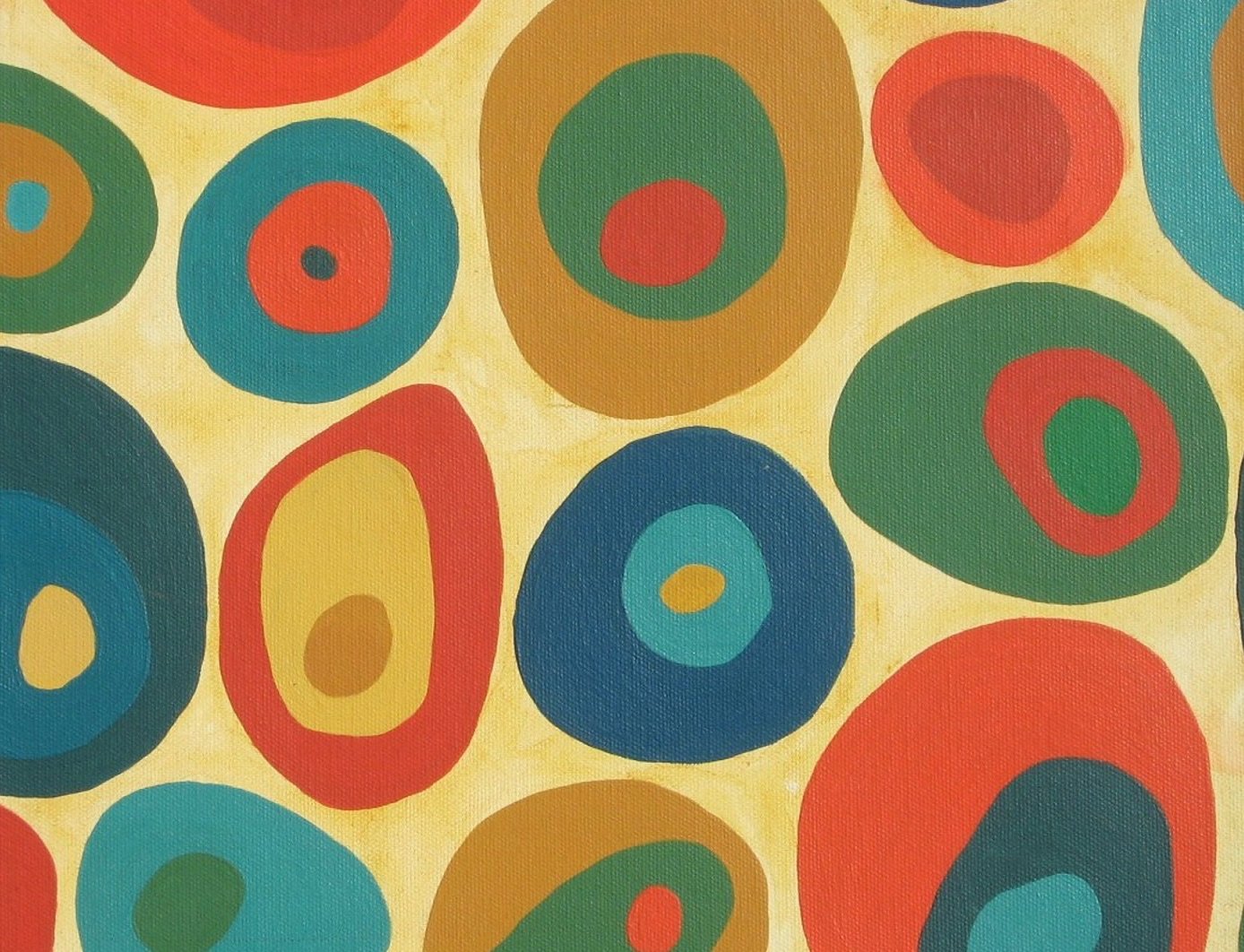
Red and Green by Kathy Rowland
Photo: Kathy Rowland
Fairer access to the arts
What factors prevent disabled or marginalised adults from participating in the arts? Susan Potter shares Creative Future’s research findings and the impact they have had.
Established in 2007 and based in Brighton, Creative Future aims to raise aspiration and artistic excellence among marginalised artists and writers, including those who may lack opportunities due to disability, poor health or social circumstance.
Creative Future works from the basis of the social model of disability, moving the focus away from impairments and towards eradicating the environmental, systematic and attitudinal barriers to inclusion.
External barriers described by artists included ageism and elitism, lack of financial resources, complexity of grant applications and a need for training and skills
In 2015, as part of its Fair Access to the Arts project, it commissioned a programme of research to determine the factors preventing disabled or marginalised adults from participating in the arts. The study also sought to examine those issues preventing access to professional development, while identifying the nature and level of support needed for disabled artists to gain increased opportunities within the sector.
Engaging with 120 organisations and 500 individuals, the research suggested access to professional development opportunities was variable. Although 48% had participated in arts programmes and 37% artists had volunteered for an arts organisation during the previous six months, only 14% had secured paid employment within the arts.
Main barriers to access
The main barriers to accessing such opportunities included social, physical and mental health issues:
- 24% of artists cited a mental health issue as the most significant barrier, followed by physical disability (11%) and life-limiting condition/illness (9%).
- External barriers described by artists included ageism and elitism, lack of financial resources, complexity of grant applications and a need for training and skills.
- Internal barriers described by artists included lack of confidence and low self-esteem, fear and self-doubt, depression, anxiety and low mood.
Artists suggested the means for supporting their professional development should include mentoring and coaching, funding or financial support, and help with exhibiting, performing and selling work.
For those disabled artists in receipt of benefits, earning income through their artwork or writing was described as challenging. This was noted to impede development across the sector, while decreasing an individual’s motivation to seek paid employment or further opportunities.
Artists suggested a more flexible and responsive approach was required in terms of policy at the Department of Work and Pensions, with a review of the work capability assessment for disabled artists and writers in particular.
Work with cultural partners
Research was also conducted with Creative Future’s regional National Portfolio Organisation (NPO) partners, including Fabrica and Pallant House Gallery. Partners were aware of the Disability Discrimination Act and Equality Act requirements, suggesting compliance with legislation was monitored, yet were unable to determine how this was achieved.
Not all organisations recorded the number of disabled participants or audience members, as compared with the total population. The majority were beginning to work in collaboration with specialist service providers (Big Issue, Clean Break, Sussex Interpreting Services and Sussex Recovery College) in order to target specific communities.
In terms of programming, organisations delivered a wide range of activities to disabled or marginalised individuals, often through specific projects rather than as part of their core programmes. However, some examples of longer-term initiatives were also described, resulting in benefits for participants and organisation alike.
For organisations able to sustain contact with participants, clear examples of progression were described, with individuals accessing volunteering roles, further study and training. However, paid opportunities for disabled artists appeared to be few. Partners frequently described pathways through from programme participant to project ambassador or volunteer, but rarely was there progression beyond this initial stage.
Certain organisations engaged disabled individuals in the capacity of advisory board members or trustees, yet these were in the minority. Partners suggested the following means of support were required in order to provide increased opportunities for disabled and marginalised artists:
- continuous consultation with disabled and marginalised communities;
- increased, or at least sustained, arts funding;
- awareness training across the sector regarding disability and additional needs;
- collaboration between arts and disabled or marginalised community-focused organisations;
- partnerships between arts organisations and specialist service providers;
- more flexibility regarding income streams for those in receipt of benefits;
- a broader appreciation and acceptance of diversity within and across the arts; and
- rigorous research leading to evidence-based policy within and across the arts.
Recommendations and influence
As a result of the study, Creative Future has been able to discuss recommendations with Arts Council England (ACE) and the regional NPO partners, while disseminating findings across the sector via networking events, conference presentations and journal publications. In addition, it has shared the research with other arts, health and social care organisations (Disability Arts Online, Brighton & Hove Libraries, Spread the Word, The Literary Consultancy and Brighton & Hove Recovery College), with a view to providing more coherent services.
Creative Future reports it has become more influential within the sector, in sharing this model of effective practice. Recommendations have since been used as an exemplar for ACE’s Creative Case for Diversity, while the following actions have been stimulated by the research:
- increased communication between Creative Future and regional NPOs;
- piloting of a ‘Culture Buddies’ programme to encourage increased access;
- cross-marketing of professional opportunities, programmes and events for artists;
- dovetailing and co-production of services to prevent duplication;
- joint-funding applications for travel bursaries, training and mentoring schemes;
- use of partner venues, when and where appropriate; and
- referral of artists and writers to partner services and programmes.
Creative Future continues to showcase artistic excellence across the UK, while challenging perceptions regarding disabled and marginalised artists and writers.
Susan Potter is an arts evaluation and research consultant.
www.creativefuture.org.uk
E: [email protected]
Join the Discussion
You must be logged in to post a comment.